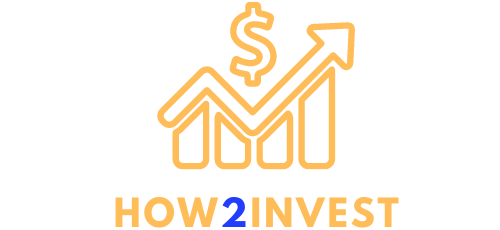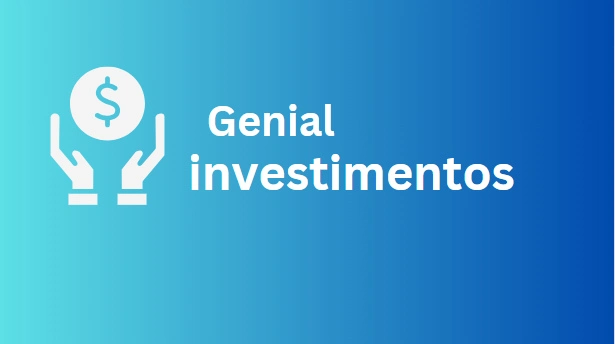Commodity trading involves the purchasing, moving, storage and transformation (or blending) of physical commodities as well as financial asset management.
Commodities provide you with excellent diversification as well to hedge against inflation which is why many investors look into commodities investing. The purpose of this guide is to bring clarity into what moves commodity trading and the markets that stand behind them. To get a feel of those commodities and to be aware about what these are, the types they have, is something that an investor looking forward with exploring this ever dynamic investment landscape should look — as we move towards understanding securities right through along with some other lucrative segment.
Commodities Basics and Why It Matters

What are Commodities?
A commodity is a basic good used in commerce that has relatively stable prices and, if exchanged around the world, it may be subject to little variations. Physical commodities, which also known as soft commodities. These physical commodities include metals such as gold and silver, energy resources like crude oil and natural gas. Agricultural products such as corn and soybeans are referred to soft commodities. These include trading futures contracts, through commodity funds or exchange-traded funds (ETFs), etc. It allows investors to gain access directly into the behaviour of certain commodities, invested either in direct commodity trading or by investing in commodity stocks.
The Role Of Commodities In The Economy
Often changing the supply and demand dynamics of a lot of industries, commodities are one of several what might be referred to as ‘building blocks’ or foundational stones for the state of global economic health. Commodity prices can significantly impact inflation rates and economic stability. For example, oil prices are volatile such that; this can have a significant impact on the transportation costs which would then increase marginally the price of almost everything. Commodities can also protect against market volatility and broaden an investor’s investment horizons past just stocks or bonds. Investors therefore tend to use commodities in their portfolios, both for the reasons of mitigation risks and enhancement potential return.
Types of Commodities to Invest In
The CFD market of commodity trading varies from copper to gold and oil, among others. When you are learning how to invest in commodity trading, it is important that you know the wide range possible as this will help your trading decisions depending on movement. The two main types of commodities are traditionally divided into hard and soft commodities which are typically extracted or mined (hard) while others such as corn, sugar etc will grow over time hence termed agricultural-based goods (soft). Every commodity type has its own investment perspective. Investment in specific commodity trading, works with investors buying/selling contracts based on future prices but for typical everyday long term price assumption there might be more options to market than this set of individual commodities ETFs. For investors to adequately make judgements on their commodity investments, they should be aware of what the underlying commodity is and its market price trends.
Ways to Invest in Commodities
Indeed, it pays to think before one invests because it will enable a person to avoid or minimise the amount of capital being put at the risk that he or she is not willing to incur. In this way, approaches that reflect such aspects as the regulation of the investment, the timing of entry and exit, and even the likely returns can be made in order that the overall risk is minimised and the potential gains are maximised. This way, it is possible to build disciplined investments that help to maintain and increase the level of financial security rather than negatively affect it due to unreliable choices.For more insights on building disciplined investments that help maintain and increase your financial security, visit how2-invest.com, which offers comprehensive strategies and advice.
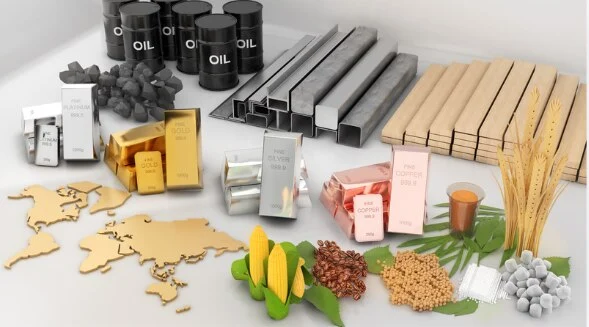
Direct Investment in Raw Materials
A very simple way to invest in commodities is by directly investing the raw materials. This methodology gives the financial specialists backing of physical commodities like valuable metal (gold and silver) and energies or unrefined petroleum. Investing directly, gives you physical exposure to the underlying commodity trading allow in times for price appreciation. Though he pointed out that this method may not be for everyone as it requires one to time the market with some degree of accuracy, and also need have warehousing requirements clear. Moreover, direct investment incurs a greater level of transactional costs and operational difficulties which makes it abundantly clear that only with good strategy and market intelligence can the possibility be realised.
Futures Contracts for Commodity Trading
A futures contract is a way to commodity trading . With an eye toward the future, you can set up events for whenever you think they will be next month, or in YEARS. For example, in the futures market investors trade on contracts for a variety of commodities (including agricultural goods and energy products). Others are drawn to this method as it can serve in the manner of an inflation and market volatility hedge, with futures locking prices prior-locking future statistics. With that being said, futures trading does come with high risks as well since prices can move erratically. This is a more tricky commodity to invest in and investors must thoroughly research the futures contracts as they can get very complicated.
Ways To Invest In Commodity ETFs and Funds
Investing in Commodity ETFs and Mutual Funds is a good option for people who want to get exposure to commodities but do not wish to pick up individual stocks. Exchange traded funds, or ETFs are investment companies that allow investors to gain broader exposure of commodities without the hassle and time-consuming ordeal. Types of Commodity ETFs , both hard and soft-commodities : Is a group that tracks certain commodities index, or even more for different types-This way it eliminates some of the complexities with direct commodity trading and futures contracts but while still allowing investors to take part in changes in commodities prices. But of course, when you choosing a commodity fund for your investment portfolio do not forget to have in mind the expense ratios and performance history.
The Commodity Market Landscape

Overview of Commodity Exchanges
Commodity exchanges play a critical role in the trading of various commodities, acting as platforms where investors can buy and sell raw materials, ranging from precious metals to agricultural products. These exchanges facilitate commodity trading by providing a regulated environment, ensuring transparency and fairness in transactions. For instance, major exchanges like the Chicago Mercantile Exchange (CME) and the London Metal Exchange (LME) offer futures contracts that allow investors to hedge against inflation and market volatility. By participating in these exchanges, investors gain exposure to commodities and can effectively trade futures or buy shares in commodity funds, enhancing their overall portfolio diversification.
How Commodity Prices are Determined
The price of a commodity is influenced by various factors, prominently supply and demand dynamics. Changes in production levels, geopolitical events, and economic indicators can significantly impact commodity prices. For example, a surge in crude oil production can lead to lower prices, while adverse weather conditions affecting agricultural commodities can drive prices up. Additionally, investor sentiment and market speculation also play roles in determining prices. Understanding these factors is essential for investors looking to invest in commodities, as they can impact the performance of commodity ETFs, futures contracts, and mutual funds. A keen awareness of market conditions and price trends enables investors to make informed decisions when trading in commodities.
Understanding the Futures Market
The futures market is an essential component of commodity investing, allowing investors to trade commodities based on anticipated future prices. Through futures contracts, investors can lock in prices for commodities like oil and gas or agricultural products, providing a hedge against inflation and market fluctuations. This market operates on the principle of buying and selling contracts rather than the physical commodities themselves, which can simplify the investment process. However, futures trading requires a deep understanding of market trends and price movements, as the volatility inherent in the market can lead to significant gains or losses. Investors must approach futures trading with a strategy that considers the risks and potential rewards associated with this dynamic market.
Strategies for Successful Commodity Investing
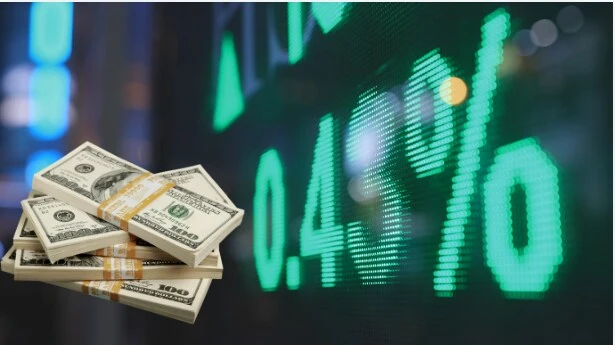
Hedging Against Inflation with Commodities
One of the most effective strategies for investors looking to mitigate the impact of inflation is to incorporate commodities into their portfolios. Commodities, such as precious metals like gold, have historically served as a hedge against rising prices and economic instability. By investing in commodities, particularly those that tend to retain value during inflationary periods, investors can protect their purchasing power. Additionally, commodities like crude oil and agricultural products often see price increases during inflation, making them attractive options for investors seeking to offset losses in other asset classes like stocks and bonds. Thus, understanding how to trade commodities effectively can enhance an investor’s overall strategy in combating inflation.
Identifying Specific Commodities for Investment
When investing in commodities, it’s crucial to identify specific commodities that align with your investment goals and market trends. Each type of commodity, whether it be a physical commodity like gold or a soft commodity like corn, presents unique opportunities and risks. Investors should analyse the supply and demand dynamics affecting these commodities, as well as their historical price movements. For instance, commodities that are currently experiencing supply constraints or increased demand may offer better investment prospects. By carefully evaluating specific commodities and their market conditions, investors can make informed decisions to optimise their commodity investments and achieve desired returns.
Risk Management in Commodity Trading
Effective risk management is paramount in commodity trading due to the volatility inherent in the commodity market. Investors must develop strategies to protect their investments from adverse price movements. This can involve setting stop-loss orders, diversifying across different types of commodities, and using futures contracts to hedge against potential losses. By understanding the market conditions that influence commodity prices, investors can better anticipate risks and take proactive measures. Additionally, maintaining a balanced portfolio that includes commodities alongside other asset classes can further mitigate risks and enhance overall investment performance. Adopting a disciplined approach to risk management is essential for achieving long-term success in commodity trading.
Conclusion: Making Informed Decisions in Commodity Investing
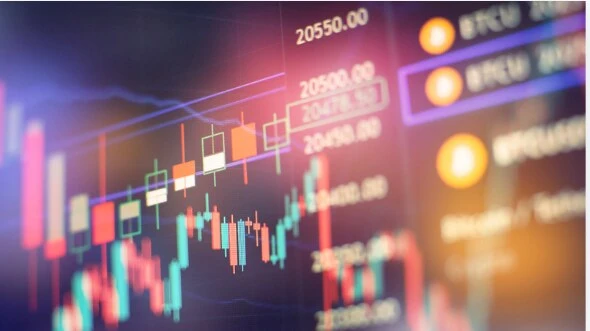
Evaluating Your Investment Goals
Before diving into commodity trading, it’s essential to evaluate your investment goals. Understanding whether you are seeking long-term growth, income generation, or protection against inflation will guide your selection of commodities and investment strategies. For instance, if your goal is to hedge against inflation, you may choose to invest in precious metals or energy resources like oil and gas. Alternatively, if you aim to diversify your portfolio, you might consider a combination of agricultural commodities and commodity ETFs. Clearly defining your objectives will help you navigate the complex commodity market and make informed decisions that align with your financial aspirations.
Staying Informed on Market Trends
Staying informed on market trends is crucial for successful commodity investing. Investors should regularly monitor economic indicators, geopolitical events, and supply chain disruptions that can impact commodity prices. Engaging with financial news, market analysis reports, and commodity index updates will provide insights into market conditions and help you anticipate price movements. Moreover, leveraging technology and trading platforms can facilitate real-time access to market data, enabling investors to react swiftly to changes. By staying abreast of market trends, investors can make timely decisions and capitalise on opportunities in the commodity market.
Final Thoughts on Trading Commodities
In conclusion, trading commodities offers a unique opportunity for investors to diversify their portfolios and hedge against various financial risks. By understanding the dynamics of commodity markets, evaluating specific commodities, and implementing risk management strategies, investors can enhance their chances of success. Remember that commodity investing requires a commitment to ongoing education and market awareness. Whether you choose to invest directly in physical commodities, futures contracts, or commodity funds, staying informed and adaptable will be key to navigating the complexities of this dynamic market. Ultimately, with the right approach, commodities can significantly contribute to a well-rounded investment portfolio.
